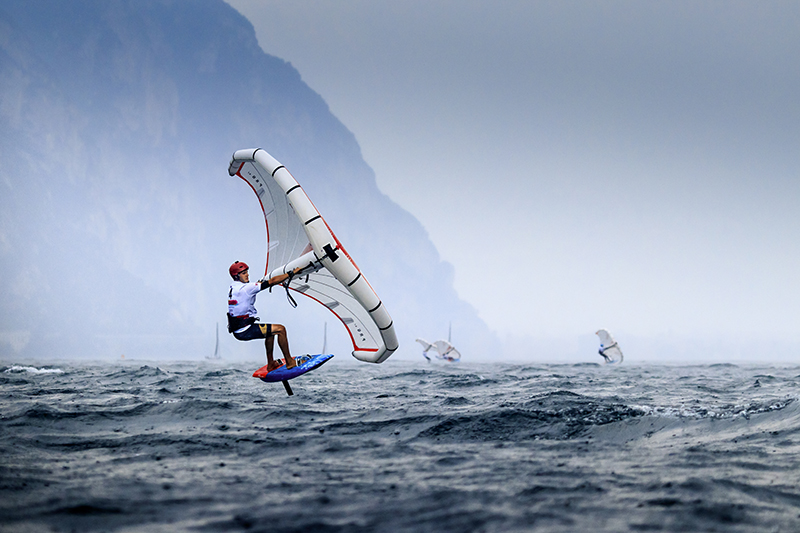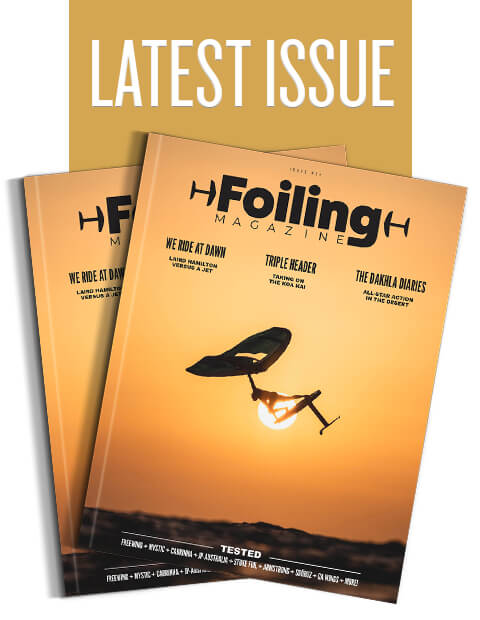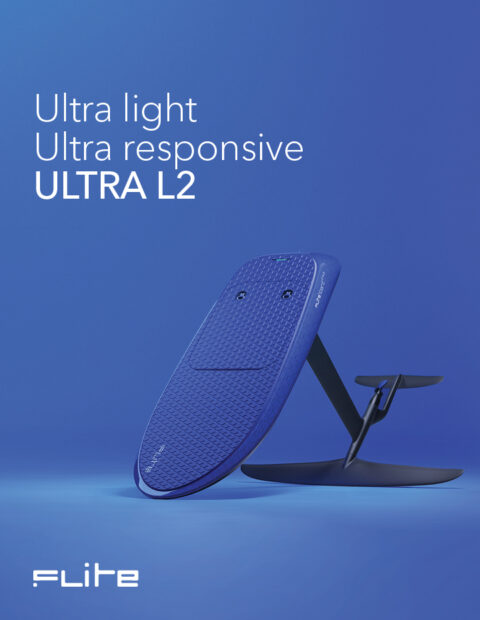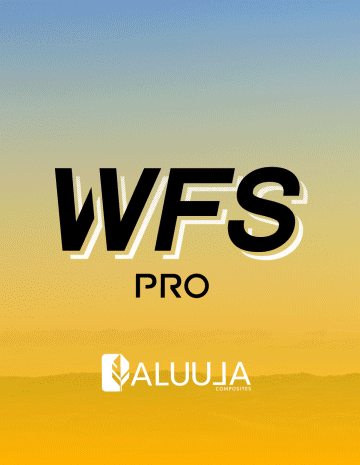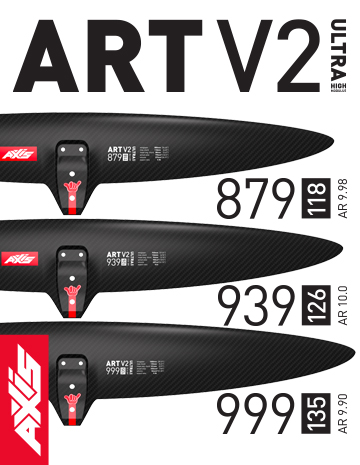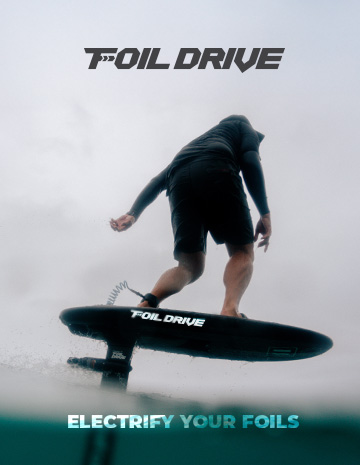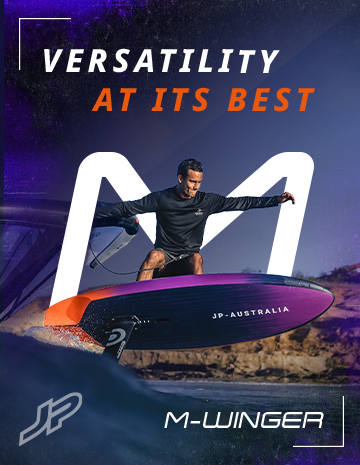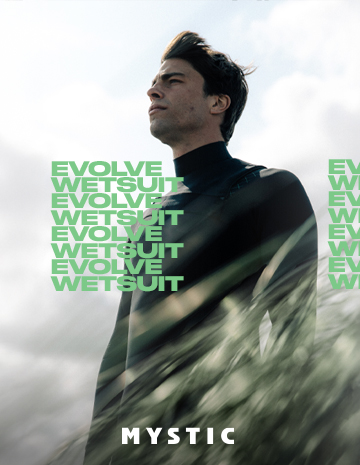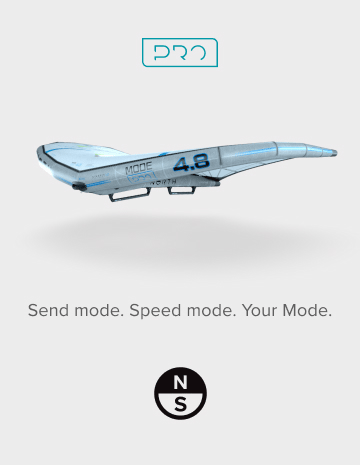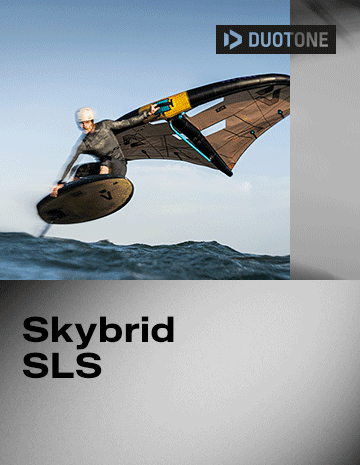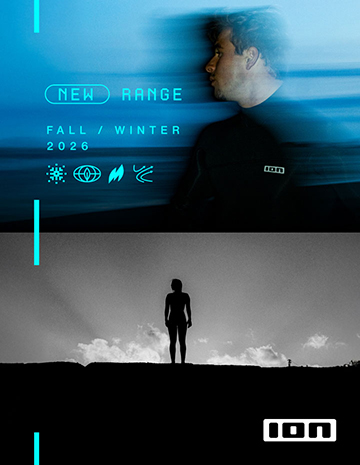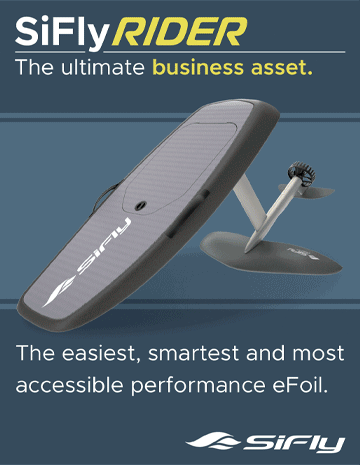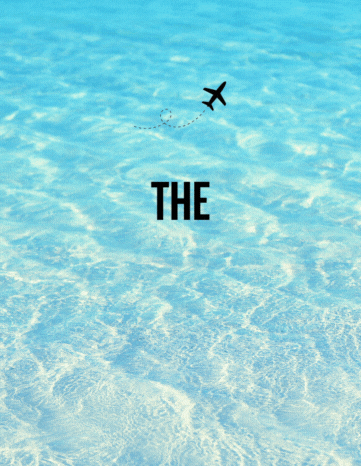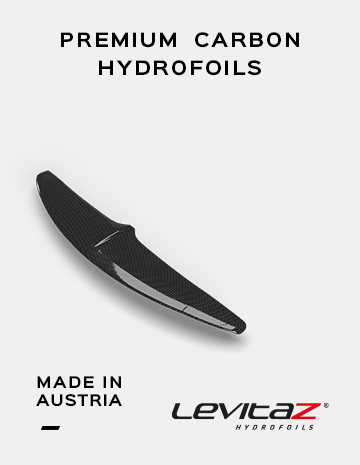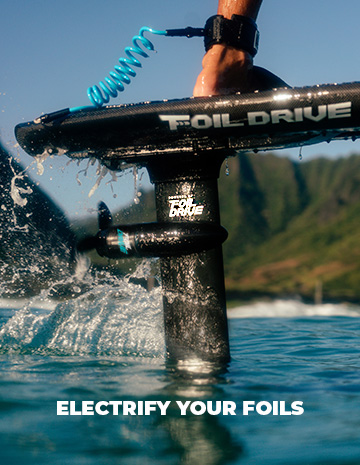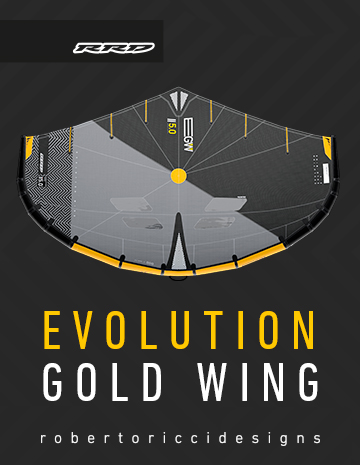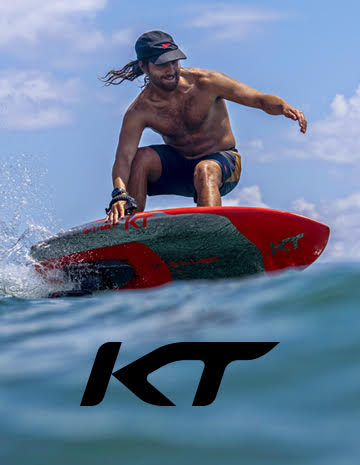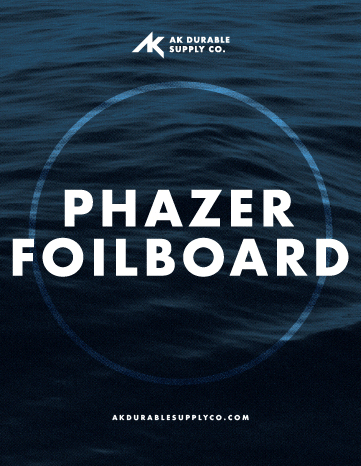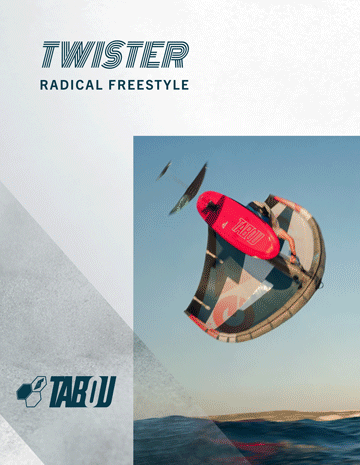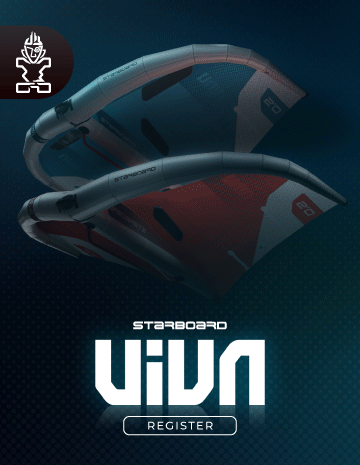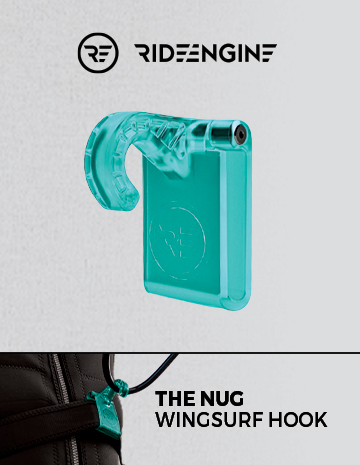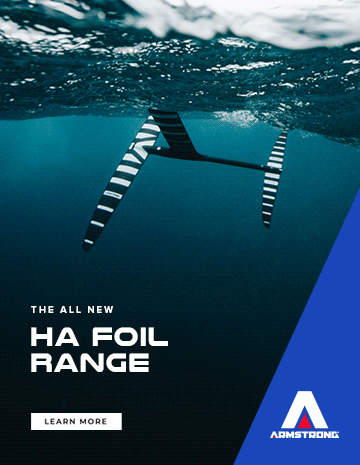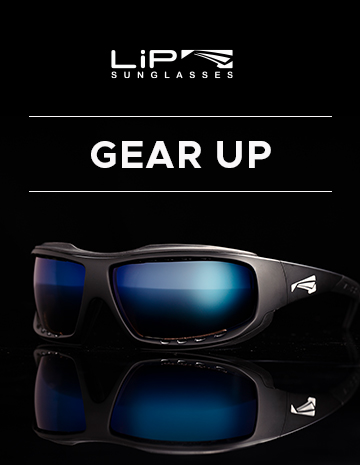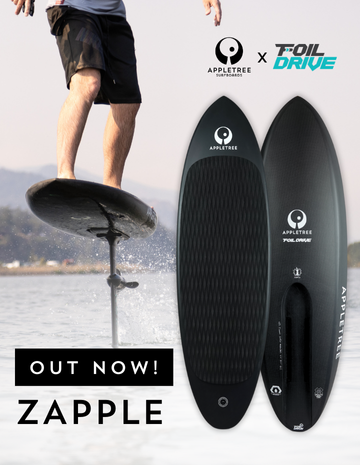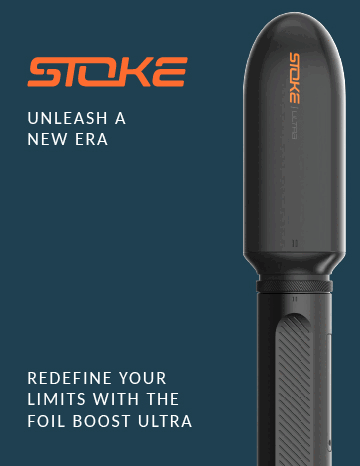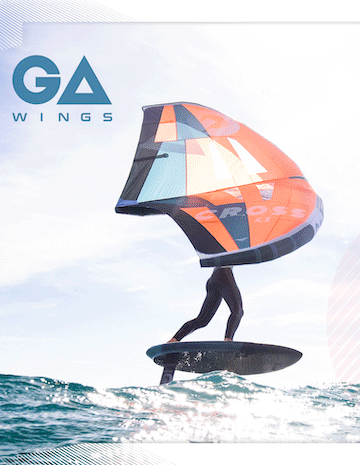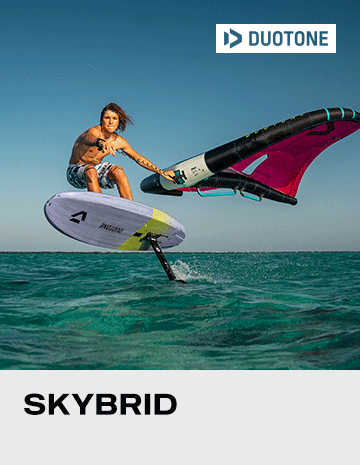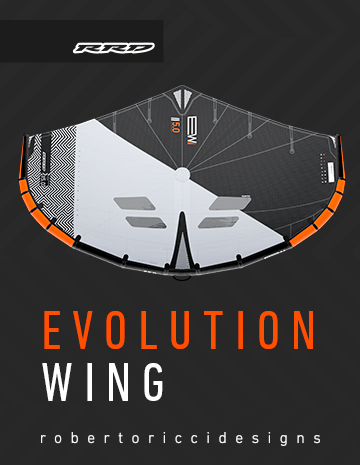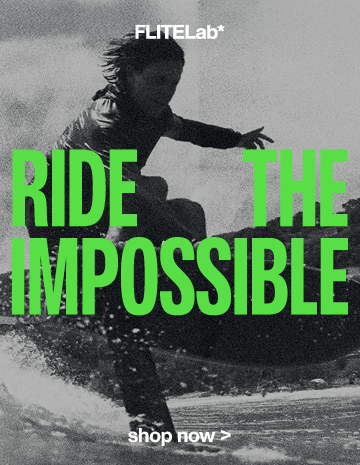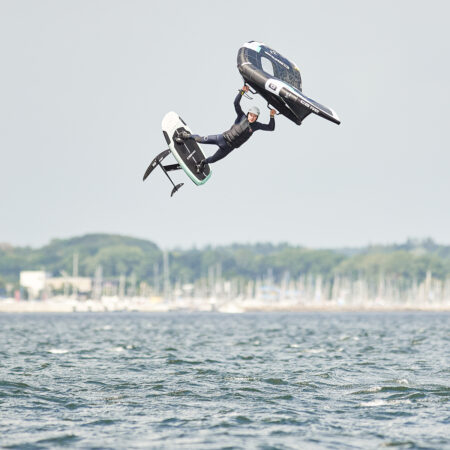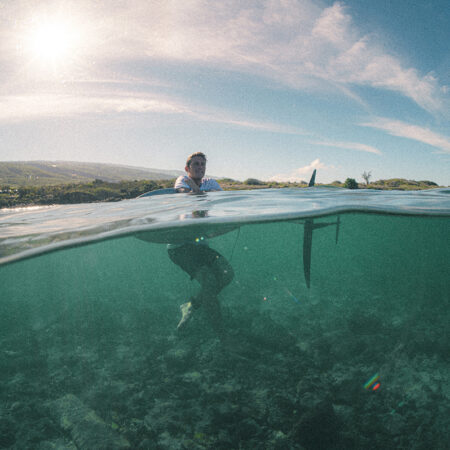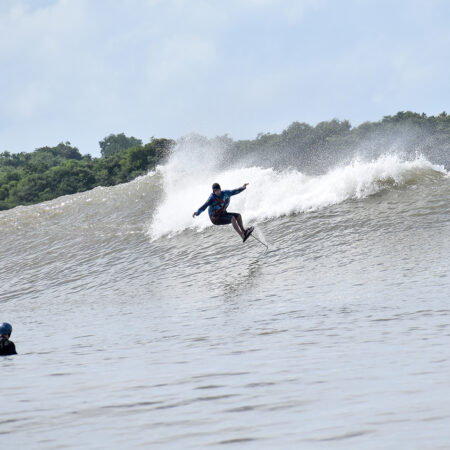X-15 Class
Brands Starboard and FreeWing have recently come together to form a new one-design wingfoil racing class, the X-15. With the intention of creating a completely level playing field, where it’s predominantly rider skill that determines who is the best in class, the X-15 already has a number of events lined up around the world, across the year.
We spoke with Starboard’s Svein Rasmussen to get the full inside line on why it was created, how it works, and where it got its inspiration…
Hi Svein. So firstly, can you please give us a little background about yourself, and how you first got into windsports?
We have a beautiful coastline in Arendal, Norway. I started sailing with a towel and inflatable mattress in 1967, the same year Jim Drake and Hoyle Schweitzer created the windsurfer. I was deeply into skiing, meditation and karate / boxing, but always longed for water and wind time. In 1976 I saw a photo of Matt Schweizer, Zane's father, windsurfing at Lake Taho. That got me delivering newspapers for a few years so I could buy a second-hand windsurfer. I used to windsurf all day long, like 8-10 hours, and in the winter we carried the gear to the edge of the ice to have fun also on New Year’s Eve. Dress code was rain boots and windproof jackets and a thin long john wetsuit from Javlin.
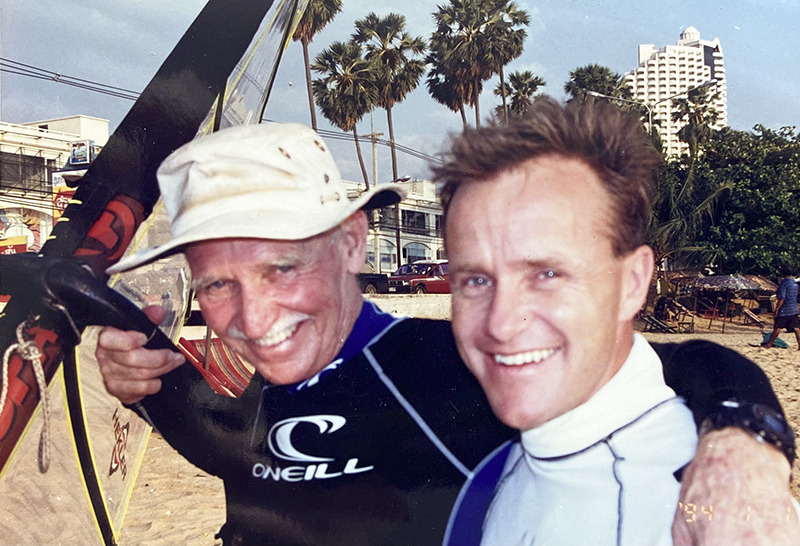
Jim Drake and Svein Rasmussen
Another year of newspaper deliveries and I made it to the Windsurfer Worlds. Suddenly I became the European Champion, World Champion and second in the LA pre-Olympics. By 1993 I was 30 years old and I’d spent 10 years on the professional windsurf tour. I was the second oldest rider on the tour with loads of equipment experience and a good network of contacts. I moved to Thailand and established Starboard there. The OEM factory I worked with was small and I could quickly help improve the quality and introduce loads of new technologies.
By 2000 we were the leading brand in windsurfing and our slogan became iQ, Innovation Quality. However, I almost gave up many times as we started with only $10,000 US and many “insiders” let me know that the last thing the windsurfing world needed was yet another brand. Other people supported our experimental brand strategy and kept the flame burning, one of them was Jim Drake.
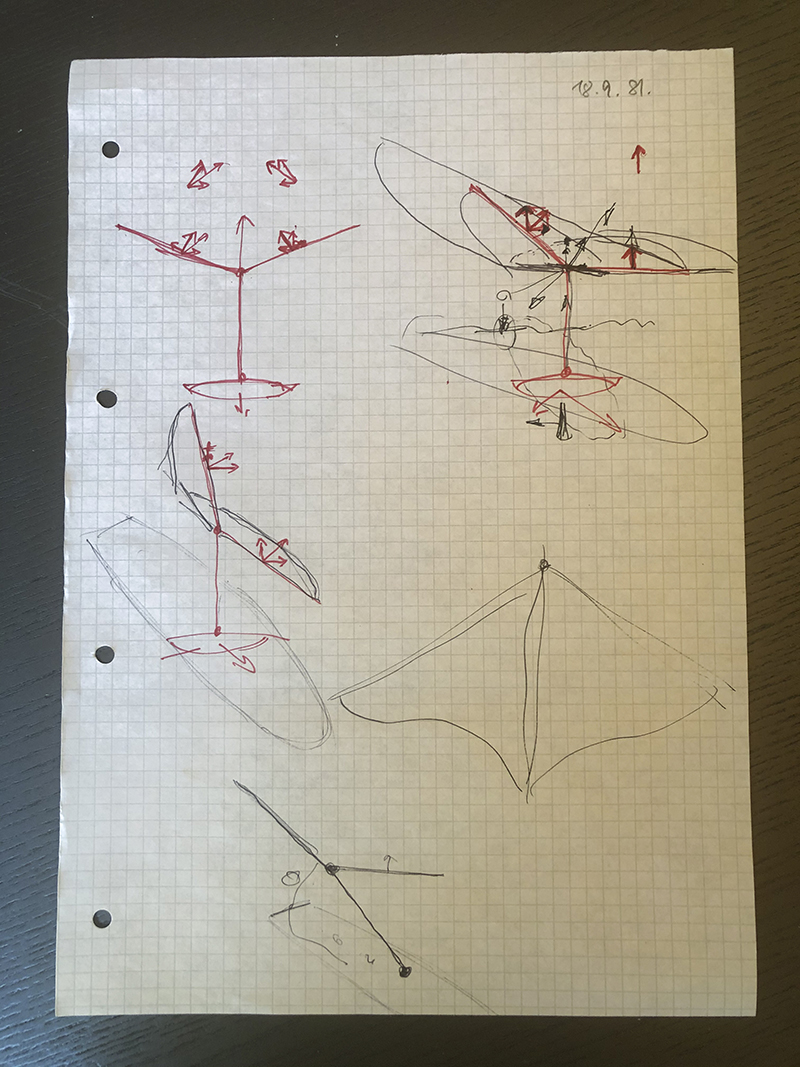
The very first wing sketches…
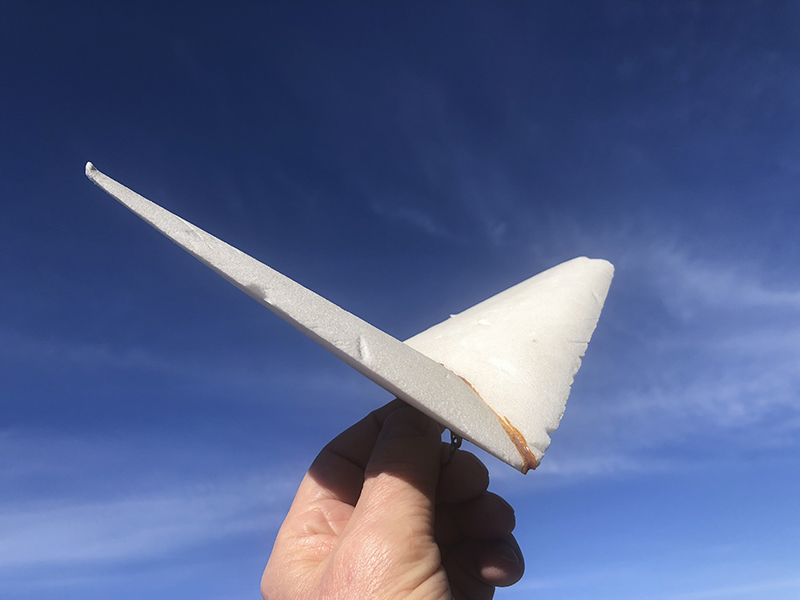
The very first wing model…
So I think that feeds into our next question – what was the inspiration behind X-15 Class, and where did the name come from?
During my racing days, I always felt best when racing one design, it made the best rider win, not the rider with the most expensive equipment. Several countries are still without a race circuit for winging, so with the X-15 we can connect associations and clubs to get racing going globally, together with our trading partners.
The X-15 rocket plane was designed in 1963, setting the world record for manned flight in 1967 and still holds the record 55 years later. It's perhaps one of the most sophisticated research programs of the last century. The X-15 was co-designed by Jim Drake, who was working on the project inside a room full of supercomputers. Jim was a very dear friend of mine, he and his wife moved to Bangkok to work with Starboard, and so yeah, our one-design program is named in his honor.
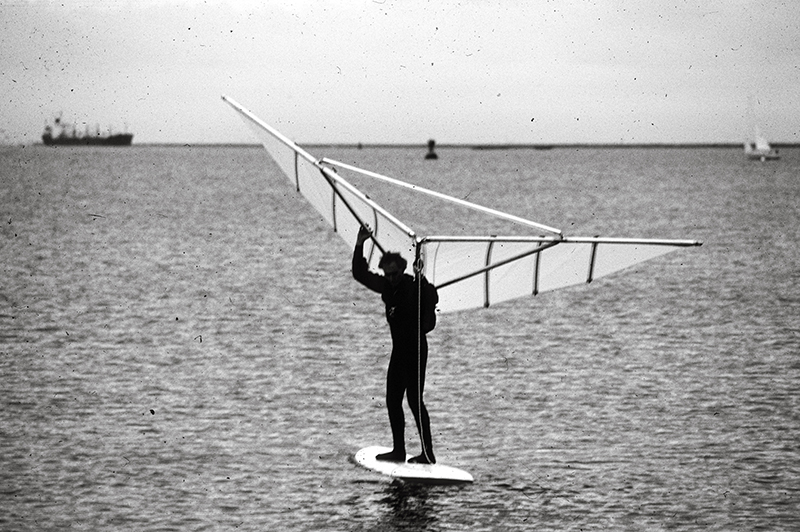
Jim Drake on one of the first ever wing downwinders?!
We hear that you almost had a patent on a wing way before the recent explosion?
Jim was living quite far into the future. The “Hand Wing” was patented on the 13th of October 1981, after inspiring talks with Uli Stanciu, who was the editor of a German Surf Magazine. He also holds the patent papers and the very first wing that Jim made, with the help of Andre Lefrbre. Later on, Clinton Filen (FreeWing Brand Manager) and Jim discussed the development of the first inflatable wing. They felt there had to be a fun way to enjoy the wind somewhere between windsurfing and kiting. We worked out the patent papers in 2012 for the FreeWing, which we believe to have been the first inflatable wing. When asked to sign off the check for the application, I tested the wing on a paddle board and on a windsurfer. We had not yet developed large-sized foils, so the traditional windsurfing wing functioned better, and the check was never signed.
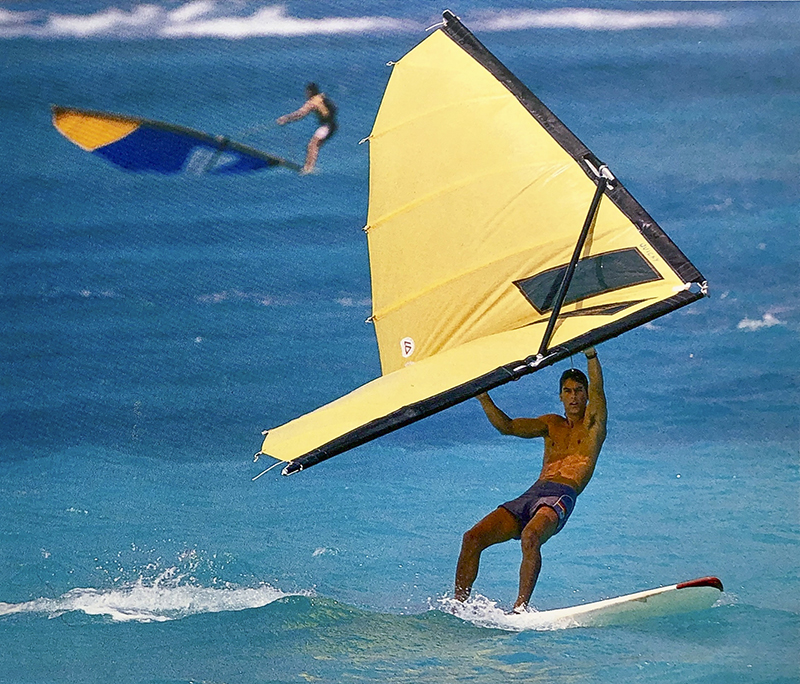
Pete Cabrinha gets his first taste of winging… Photo: John Speer
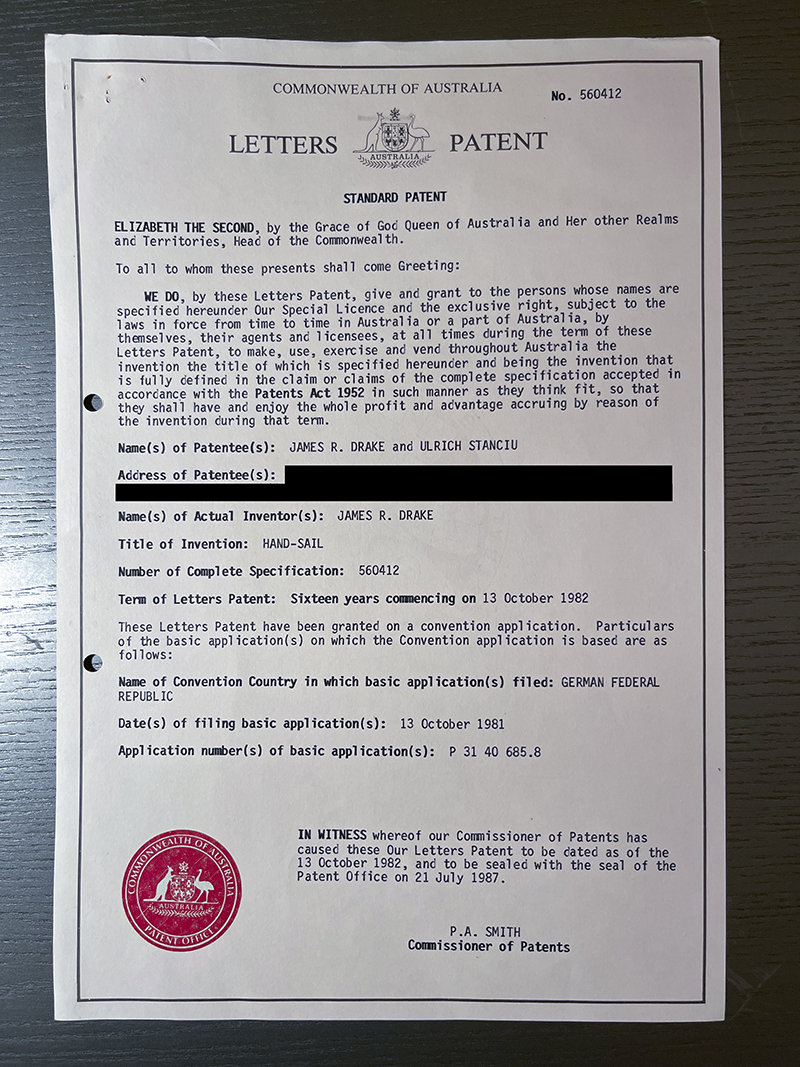
The very first wing patent…
Starboard is also the supplier for the one-design iQFoiL Class, soon to feature in the Olympics. Did the success of this help motivate you into creating the X-15 Class?
The iQFoiL Class project was a huge team effort and we are really excited to see windfoiling featured in the next Olympic Games. Our crew has done an outstanding job together with World Sailing. I am motivated to see how we can increase interest in wind-powered activities by introducing winging and windfoil to sailing clubs worldwide. About 80% of kids stop sailing after using the Optimist, so if we were able to attract just 10% of those kids, we could see winging and windfoil garner huge growth.
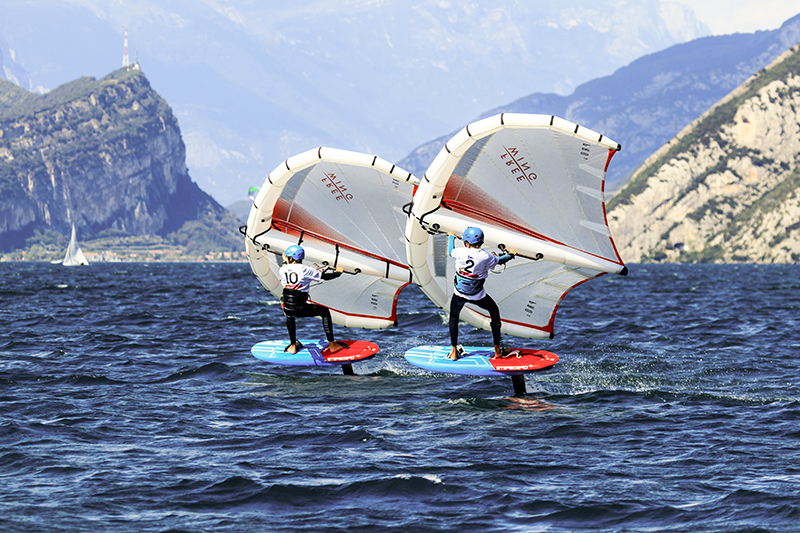
What are the main considerations in working on a one-design class – cost or performance?
The main thing for me is to listen to everyone: light kids, ladies at my age, heavier men… everyone. Then we make a complete overview of how we can find the best balance between durability, second-hand value, cost and performance… Most important of all here is ensuring that riders from various weight segments can all be competitive.
Can you talk us through an X-15 equipment set-up?
The board has a long, low waterline, plenty of volume and sharp rails to easily get up to take off speed. Our designer of the iQfoil board, Remi Vila, has introduced a lot of forward V for the board to have extraordinary touch-down capabilities. It's quite thin to reduce the distance between the foil base and your feet, creating better control. The TT box makes the connection solid and sits far forward so that when you fly, you stand forward and the nose area is small and easy to control at high speed.
The foil is a co-development between iQFoiL designer Tiesda You and Americas Cup chief designer Martin Fisher. It delivers overall performance, stability, extreme acceleration, exciting top-end speed and ease of use. So far, the 820cm2 is the size we focus on, while also looking at an option for less skilled or heavier riders.
The wing is currently in development led by Clinton Filen. We want to introduce a trimmable wing to perhaps use only one wing size for all conditions. Stability and durability are very important, so we experiment with cutting-edge materials. The aspect ratio is relatively low to allow for pumping without the tips touching the water.
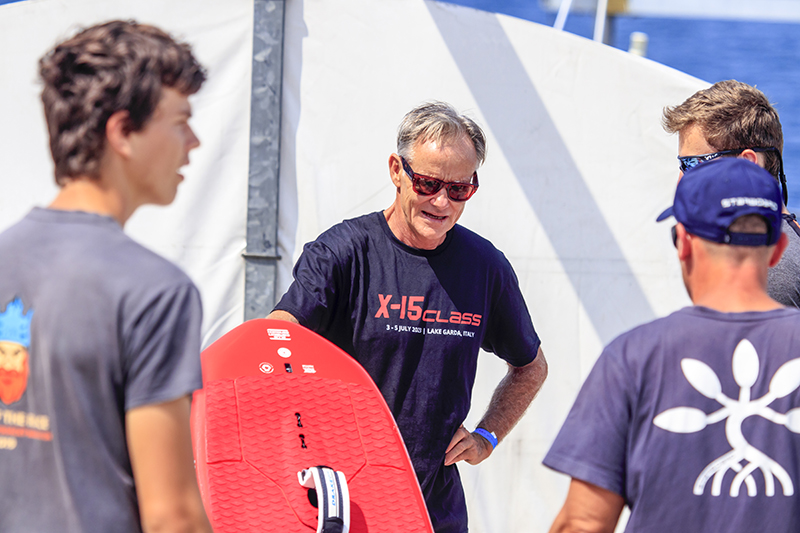
Do the foil setups cover all rider weights and conditions?
Our goal is that the Junior set-up should cover 25-60kg and the Youth senior from 60-90, but of course, light wings will favor lighter riders and stronger winds will be better for the heavy riders.
How does it work in terms of other brands and riders wanting to compete in the X-15?
Everyone can compete on the X-15 gear, just as we see in the iQFoil classes. The main aspect is that less gear is needed – one does not need to buy fresh new gear each year as in the open classes and everyone is provided the same chance to perform. Long term we’re looking at establishing a way for the other brands to join in, similar to what we have with the iQFoiL whiteboard project.
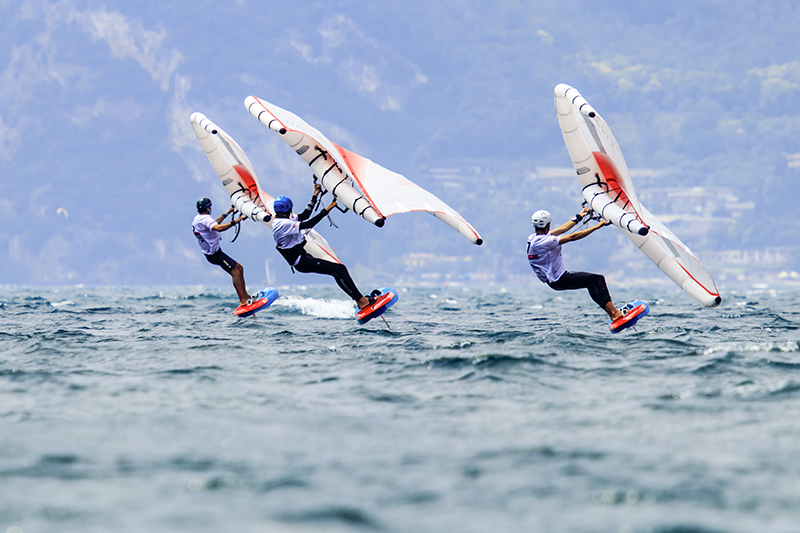
Do you see this being a potential route into Olympic inclusions then?
We want to create a fun, high-performance class to get loads of people into winging with relative ease. It will take a lot of work for us, our global partners and local schools and clubs to make it all succeed, but if Brisbane includes wingfolling, we will at least have a functional option for those in charge to consider. We also want to collaborate with other associations and parties to maximize and streamline our efforts.
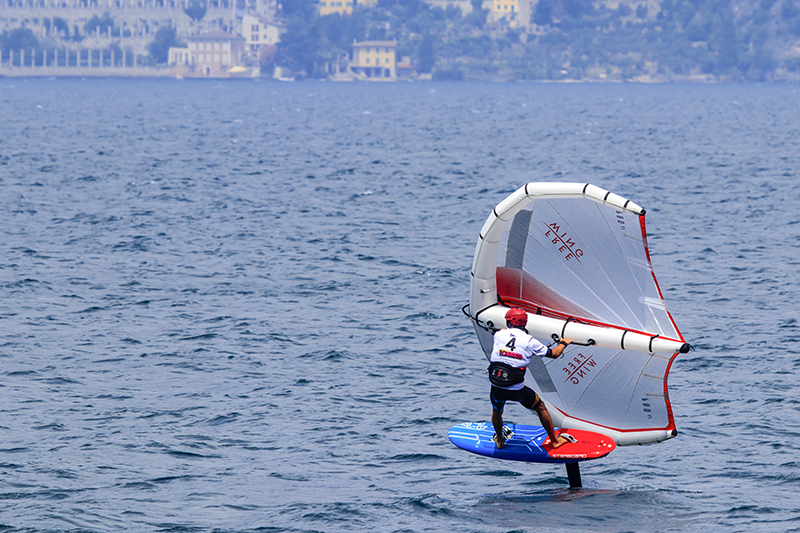
You’ve already got a solid tour lined up. Can you tell us where the X-15 will be taking place throughout the year?
This summer we were lucky to be invited by Foiling Week to join them in Lake Garda, Italy, followed by Scheweningen in Holland and Arendal, Norway in July. Next up is Germany, UK, Poland, France and Spain, then over to Hong Kong and Thailand.
Next year we plan for five events in each of our main markets, some in collaboration with other events and some standalone races. So there’s lots of event planning going on for 2024.































